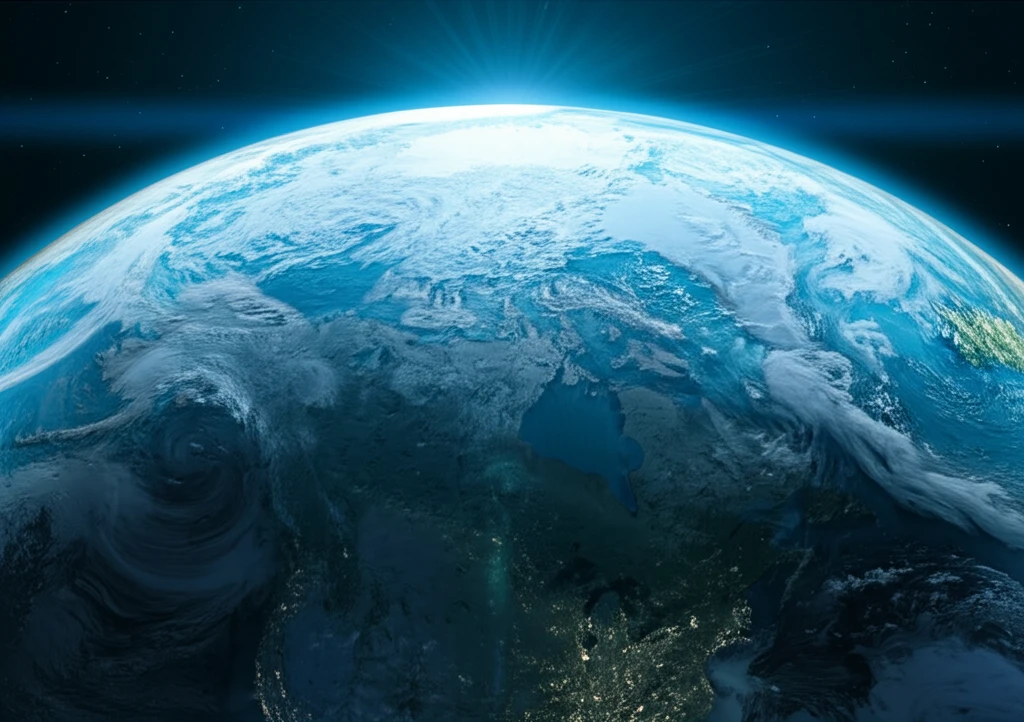
Unlocking Earth's Past: How Glacial Maximum Boundaries Shape Our World
"Delve into the groundbreaking research on how Last Glacial Maximum conditions influence global climate patterns, revealing key insights for predicting future changes."
Understanding Earth's climate history is essential for predicting future environmental changes. Scientists are continually working to decipher the complex interactions that governed past climate states, offering valuable insights into our planet's future. One significant period of study is the Last Glacial Maximum (LGM), a time of profound environmental shifts.
The Last Glacial Maximum, which occurred approximately 19,000 to 23,000 years ago, was characterized by extensive ice sheets, altered sea levels, and significant changes in atmospheric composition. These conditions dramatically influenced global climate patterns, making it a key period for understanding the dynamics of climate change.
Recent research leverages advanced climate models to explore how various factors during the LGM—such as greenhouse gas concentrations, ice sheet distribution, sea surface temperatures, and orbital parameters—individually and collectively shaped global climate patterns. By examining these elements, scientists aim to refine our understanding of climate sensitivity and improve predictions of future climate scenarios.
What Were the Key Boundary Conditions of the Last Glacial Maximum?

During the Last Glacial Maximum, several key factors influenced the global climate system:
- Sea Level: The global sea level was approximately 120 meters lower than present levels due to the vast amount of water stored in ice sheets.
- Albedo: Newly exposed land areas and changes in vegetation altered the Earth's surface albedo (reflectivity), affecting the absorption of solar radiation.
- Greenhouse Gases: Atmospheric concentrations of greenhouse gases, particularly carbon dioxide (CO2), were significantly lower, around 185 ppmv compared to the pre-industrial level of 280 ppmv.
- Orbital Parameters: Changes in Earth’s orbit affected the distribution of solar radiation, influencing seasonal climate patterns.
What Can We Learn From the Last Glacial Maximum?
The study of the Last Glacial Maximum provides critical insights into the sensitivity of Earth's climate system. By understanding how different factors influenced climate patterns during this period, scientists can better assess the potential impacts of future changes in greenhouse gas concentrations, ice sheet dynamics, and other key variables. This knowledge is crucial for developing more accurate climate models and informing strategies for mitigating the effects of climate change.
